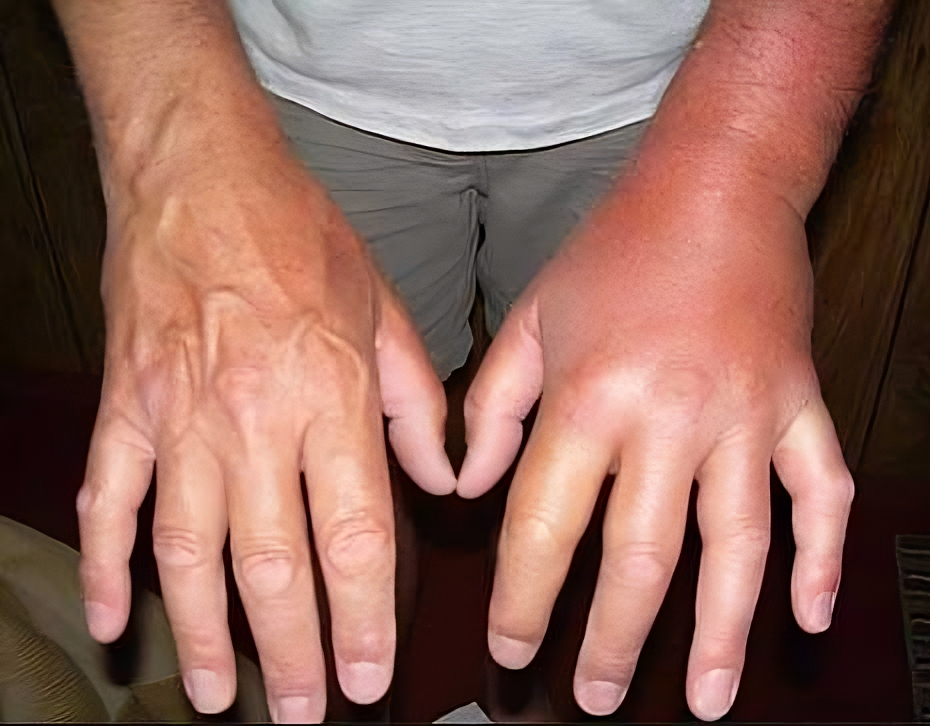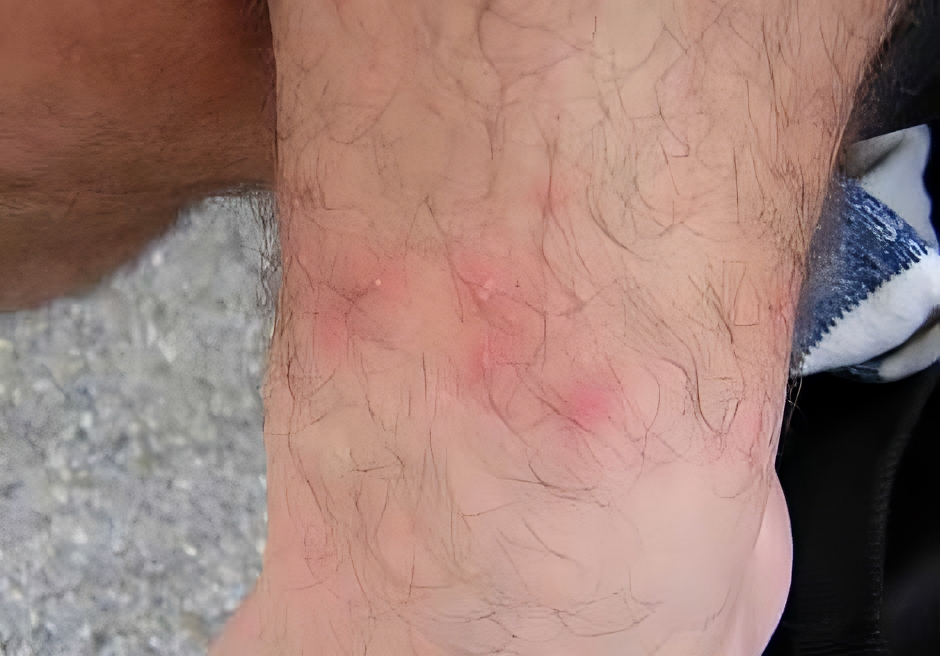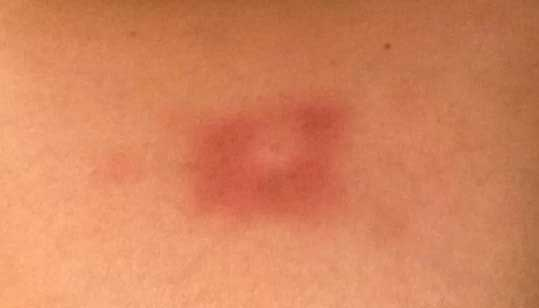Bug bites are an unfortunate part of life, but knowing how to identify different types can help you treat them appropriately and even avoid potential health risks. Some bites are harmless, while others can lead to allergic reactions, infections, or even serious illnesses like Lyme disease. Recognizing the signs early can be crucial. Below is a detailed guide on how to identify 10 of the most common bug bites and what to do if you find yourself dealing with one.

Source: Health Essentials from Cleveland Clinic / iStock
1. Mosquito Bites: The Itchy Classic
Mosquito bites are probably the most common and easily recognizable of all bug bites. Typically, they appear as small, raised bumps that are intensely itchy. They often look like small red circles, but if the mosquito was biting for an extended period, the bite may become more of an elongated welt. The itchiness can be unbearable, but scratching only makes it worse and increases the risk of infection.
- Symptoms: Red, raised bumps that are itchy
- Location: Common on exposed areas like arms and legs
- Tip: Apply an anti-itch cream or ice pack to reduce swelling and irritation.
2. Flea Bites: Small and Numerous
Flea bites are small, red, and often hard to the touch. Fleas usually bite multiple times in the same area, so you’ll often notice several small, itchy spots close together. These bites are extremely itchy, and the temptation to scratch them can lead to open sores and infections.
- Symptoms: Small, red bumps in clusters
- Location: Often found around the ankles, legs, and waist
- Tip: Wash the area and apply calamine lotion to soothe the itch.
3. Lice Bites: Scalp Irritation
Bites from head lice can look similar to flea bites but are typically localized to the scalp, neck, and behind the ears. If you’ve been scratching your head more than usual and see tiny red bumps or sores, lice could be the culprit. Lice bites often cause a constant, intense itch.
- Symptoms: Tiny red bumps that cause itching
- Location: Scalp, neck, and behind the ears
- Tip: Use a specialized lice shampoo and comb to remove both lice and nits.
4. Bedbug Bites: Red and in Patterns
Bedbug bites can be tricky to identify since they look similar to mosquito bites but are often redder and itchier. What sets bedbug bites apart is that they tend to appear in clusters or zig-zag patterns. These nocturnal pests strike at night, leaving their itchy, red marks behind when you wake up.
- Symptoms: Red, itchy bumps in a line or cluster
- Location: Anywhere on the body, often on exposed skin during sleep
- Tip: Call a professional exterminator to handle bedbug infestations immediately.
5. Tick Bites: The Tell-Tale Ring

Source: CropWatch /photo by Jim Kalisch, UNL Entomolog
Tick bites are concerning because they can transmit serious diseases like Lyme disease. A tick bite often has a characteristic red ring around a dark red or black dot where the tick was attached. If you spot a tick bite, it’s essential to remove the tick carefully using tweezers or drowning it with alcohol or Vaseline first.
- Symptoms: Red ring around the bite with a dark center
- Location: Typically on areas with thinner skin like the scalp, groin, or armpits
- Tip: Save the tick in a sealed container and see a doctor to test for Lyme disease or Rocky Mountain spotted fever.
6. Wasp Stings: Pain and Swelling
A wasp sting can be quite painful and causes a red, swollen area with a small puncture mark in the center. Unlike bees, wasps don’t leave their stingers behind, so they can sting multiple times. The sting area may feel both painful and itchy and could swell for several hours.
- Symptoms: Red, swollen area with pain and itching
- Location: Anywhere on the body
- Tip: Clean the area, apply ice to reduce swelling, and use antihistamines for the itching.
7. Hornet Stings: Severe Reactions

Hornet stings are similar to wasp stings but are often more painful. Hornets inject a larger amount of venom, which can cause intense pain, swelling, and redness. If you’re allergic to hornet stings, you might experience more severe reactions like difficulty breathing or hives.
- Symptoms: Red, swollen, and intensely painful area
- Location: Any exposed skin
- Tip: Seek medical attention if swelling spreads or if you experience trouble breathing.
8. Bee Stings: Recognizable by the Stinger
Bee stings are instantly recognizable because bees leave their stinger in the skin. The sting will cause immediate pain, followed by redness, swelling, and itching. Removing the stinger as soon as possible is crucial to stop the release of venom.
- Symptoms: Red, swollen, and painful area with visible stinger
- Location: Any exposed part of the body
- Tip: Use tweezers to remove the stinger, then clean and ice the area.
9. Red Ant (Fire Ant) Bites: Painful and Pustule-Forming

Red ant, or fire ant, bites are incredibly painful and can be distinguished from flea bites because they cause an immediate burning sensation. These bites often lead to small red bumps that may form white pustules over time. They tend to sting initially and then itch.
- Symptoms: Painful, burning bumps that may blister
- Location: Legs, feet, or hands (common near ant mounds)
- Tip: Wash the area and apply a cold compress to ease the pain and swelling.
10. Spider Bites: Two Puncture Marks

Spider bites vary depending on the species but are typically hard, red, and sometimes both itchy and painful. In many cases, you’ll see two tiny puncture marks where the spider bit. Some spider bites, like those from black widows or brown recluses, require medical attention due to the potency of their venom.
- Symptoms: Red, itchy, and painful area with possible puncture marks
- Location: Anywhere on the body
- Tip: Seek medical help if you suspect a venomous spider bite, as these can cause severe reactions.
Conclusion
Identifying bug bites is crucial for proper treatment and avoiding further complications. While some bites, like mosquito or flea bites, may be more of an annoyance, others like tick or spider bites can lead to serious health concerns if not treated properly. By familiarizing yourself with the appearance and symptoms of these 10 common bug bites, you’ll be better prepared to address them when they occur. Always pay attention to how your body reacts to a bite, and don’t hesitate to seek medical help if you experience severe symptoms or suspect a dangerous insect is responsible.


